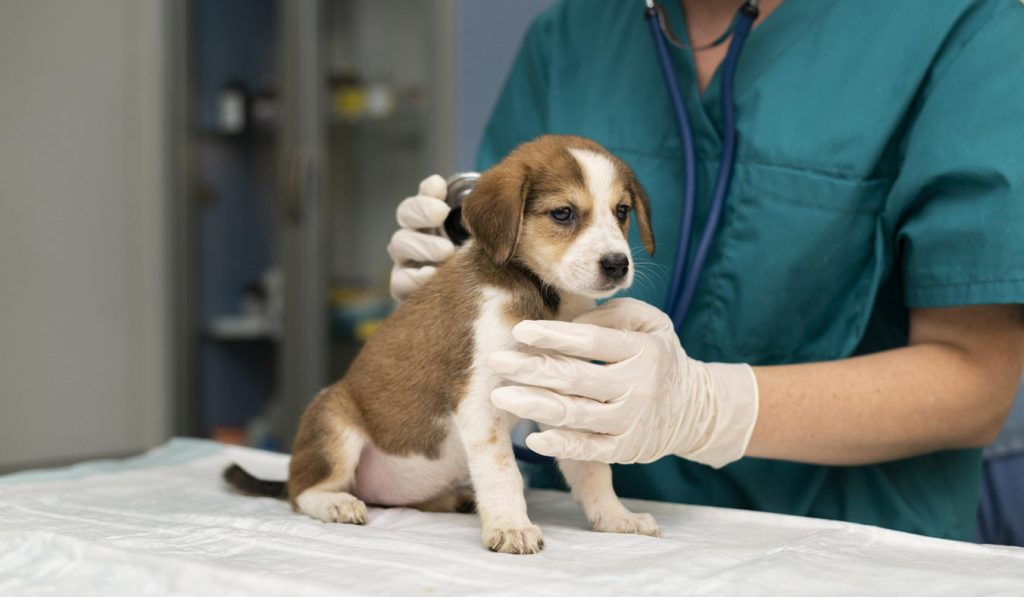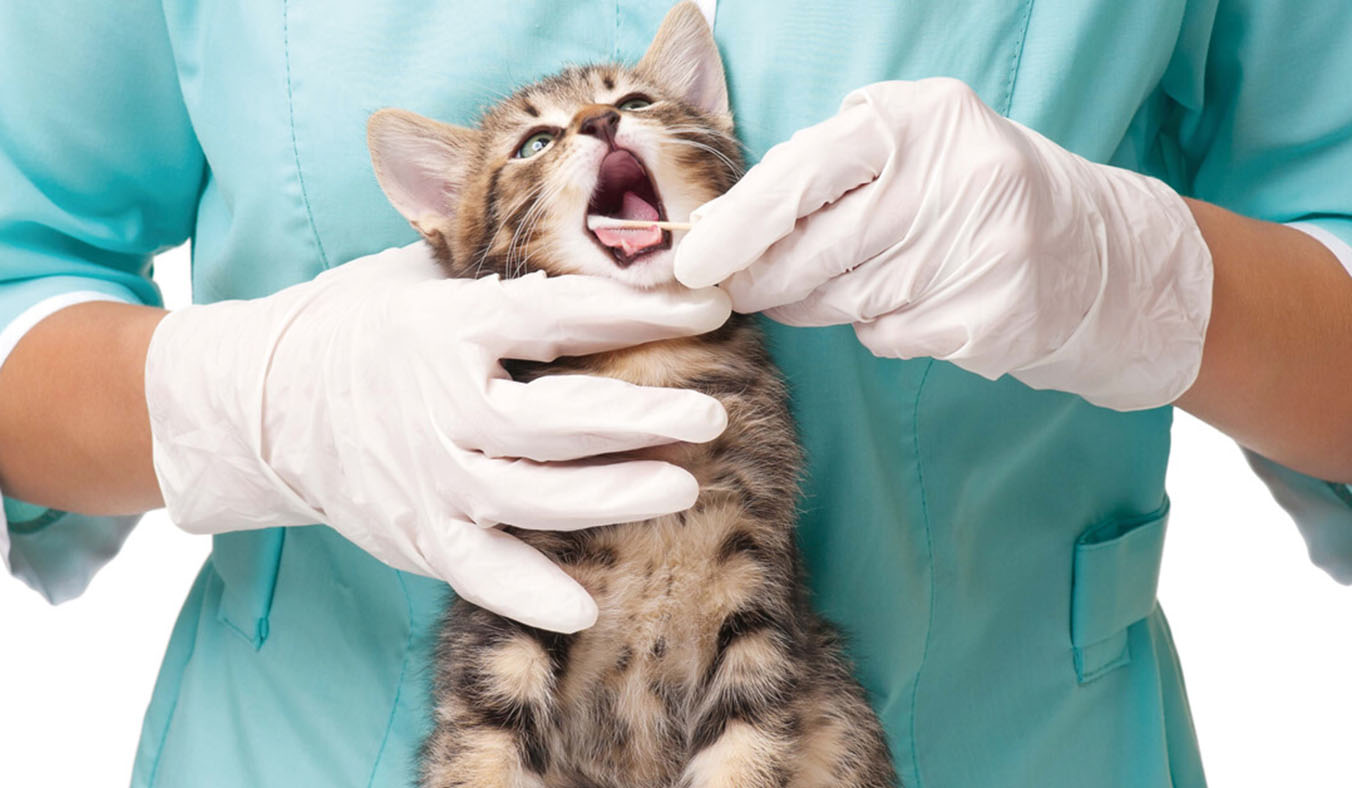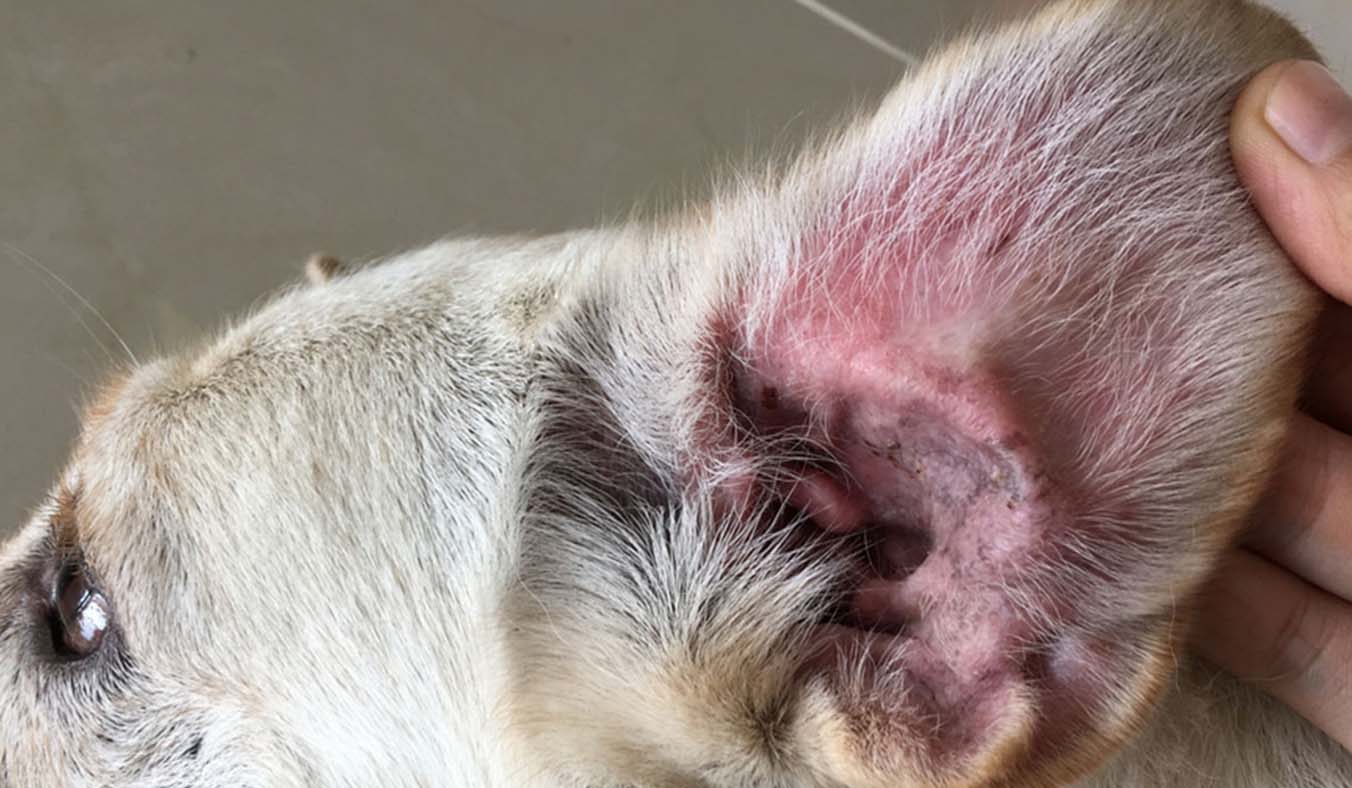Your affectionate and clingy pet suddenly avoids your touch—perhaps growling, flinching, or acting anxious. You might think it’s just being moody or upset with you. However, in many cases, such behavior is not a sign of a personality shift but an indication that your pet is enduring some kind of hidden pain.
Animals are naturally stoic. Especially pets like cats and dogs—they rarely express pain as directly as humans do. Instead, they emit subtle behavioral changes that serve as “distress signals.” If these are overlooked, pain issues may be delayed in diagnosis, leading to worsening conditions and diminished quality of life. Understanding how pets express hidden pain, recognizing common causes, and learning how to respond appropriately is essential knowledge for every pet guardian.
2. Common Behavioral Signs of Hidden Pain
The following behavioral changes often signal the early stages of discomfort:
1. Suddenly Disliking Being Touched
If your pet suddenly resists being petted in areas it once enjoyed, even growling, flinching, or becoming aggressive, it’s likely those areas are experiencing pain or sensitivity. For instance, a dog with spinal pain may avoid being touched on the back, and a cat with cystitis may resist abdominal contact.
2. Unusual Quietness or Irritability
A pet in pain may become abnormally quiet, curling up in corners all day. On the flip side, some may become more vocal, whining, meowing, or barking excessively due to discomfort.
3. Changes in Gait or Movement
Altered walking patterns, limping, dragging feet, or rising slowly are all indicators of joint or muscle pain. A cat might stop jumping to high places it usually reaches with ease; a dog might hesitate on stairs.
4. Strange Sleeping Positions or Constant Shifting
Pain can make it hard for pets to stay in one position for long. Constant shifting during rest or inability to settle are red flags.
5. Loss of Appetite or Licking Specific Body Parts
Reduced appetite, slow eating, dropping food, or chewing only on one side of the mouth may indicate dental or jaw pain. Persistent licking of joints, paws, or the base of the tail could signal injury or chronic pain.

6. Changes in Bathroom Habits
Pain often leads to altered urination or defecation patterns—holding urine, straining during bowel movements, constipation, or avoiding the litter box. In cats with urinary tract diseases, this is particularly important.
3. Behavioral Clues Linked to Specific Pain Areas
1. Dental and Oral Pain
- Dropping food, chewing on one side
- Reluctance to chew toys or bones
- Bad breath, drooling, swollen gums
Possible causes: Periodontitis, gingivitis, loose or broken teeth, root infections
2. Joint and Muscle Pain
- Slow to rise, stiff or heavy movements
- Reduced ability to climb stairs or jump
- Frequent stops or unwillingness to walk far
Possible causes: Arthritis, bursitis, intervertebral disc issues, hip dysplasia
3. Internal Organ Pain (Kidneys, Bladder, GI tract)
- Sensitivity when belly is touched, vocalization
- Curled up posture
- Licking belly or lower back repeatedly
Possible causes: Pancreatitis, urinary tract infections, stomach ulcers
4. Neurological Pain
- Random yelping or barking
- Sudden jerking or trembling when touched
- Unusual behaviors like sudden running, jumping, or biting the air
Possible causes: Spinal compression, neuritis, pre-seizure signs
4. Common Diseases Behind Hidden Pain
While pain itself is a symptom, it often indicates underlying conditions such as:
- Bone and joint disorders (degenerative arthritis, cartilage disease)
- Dental diseases (pulpitis, tartar buildup)
- Tumors (especially bone or internal organ cancers)
- Trauma (fractures, sprains)
- Neurological disorders (herniated discs, peripheral nerve conditions)
- Organ inflammation (pancreatitis, hepatitis, urinary infections)
Many of these issues are not visible to the naked eye and require professional medical evaluation and diagnostic tools for accurate diagnosis.
5. How to Scientifically Assess the Situation
1. Closely Observe Behavioral Changes
Keep regular notes on your pet’s behavior, diet, toilet habits, and activity levels. Small changes like reduced movement or increased vocalization often signal health issues before more obvious symptoms appear.
2. Conduct a Gentle Physical Exam
Carefully touch different parts of your pet’s body to check for reactions like flinching, trembling, growling, or licking. Focus on common problem areas like the back, joints, and belly.
3. Never Medicate Without Vet Approval
Never give pets human painkillers. Drugs like acetaminophen (paracetamol), while safe for people, can be toxic—even fatal—for pets. Always seek veterinary advice for safe pain management.
4. Seek Veterinary Help Promptly
Any sudden or persistent discomfort lasting more than two days warrants an immediate visit to the vet. Early diagnosis greatly increases the chances of successful treatment.

6. Easing Pain and Improving Daily Life
1. Create a Comfortable, Safe Living Space
Provide soft, warm bedding and avoid slippery floors. For senior or mobility-impaired pets, consider installing ramps to reduce the need for jumping.
2. Offer Nutritional Support
Choose pet food or supplements with joint-supportive ingredients like glucosamine, MSM, and Omega-3. These can help reduce chronic pain and inflammation.
3. Gentle Exercise and Rehabilitation
Pets with chronic pain may benefit from physical therapy, hydrotherapy, or guided stretching exercises. These help maintain muscle strength and reduce joint pressure.
4. Emotional Support and Gentle Interaction
Pets in pain need emotional comfort. Use non-invasive tools like grooming gloves or warm towels to provide reassurance without overwhelming stimulation.
7. Long-Term Pain Management and Prevention Tips
- Regular Vet Check-ups: Especially for pets over 7 years old. Annual exams should include bloodwork, X-rays, and dental checks.
- Weight Management: Obesity increases joint and metabolic stress. Balanced feeding is crucial.
- Monitor Daily Routines: Trim nails, groom fur, monitor poop/pee behavior and water intake. These habits help identify early issues.
- Senior Pet Care: Older pets are more prone to chronic pain. Regular evaluations of joints, internal organs, and oral health are critical.
Hear Their Silent Cry for Help
Pets can’t speak, but their eyes, postures, and reactions are silent indicators of their health. Pain should never be ignored—nor should we wait for dramatic symptoms before taking action.
By paying attention to the smallest behavioral cues, we can build a deeper understanding of our pets’ “body language” and truly safeguard their well-being. May we all strive to be the person who notices the earliest signs of discomfort—so they may spend their short lives with us in comfort, dignity, and joy.



.jpg)